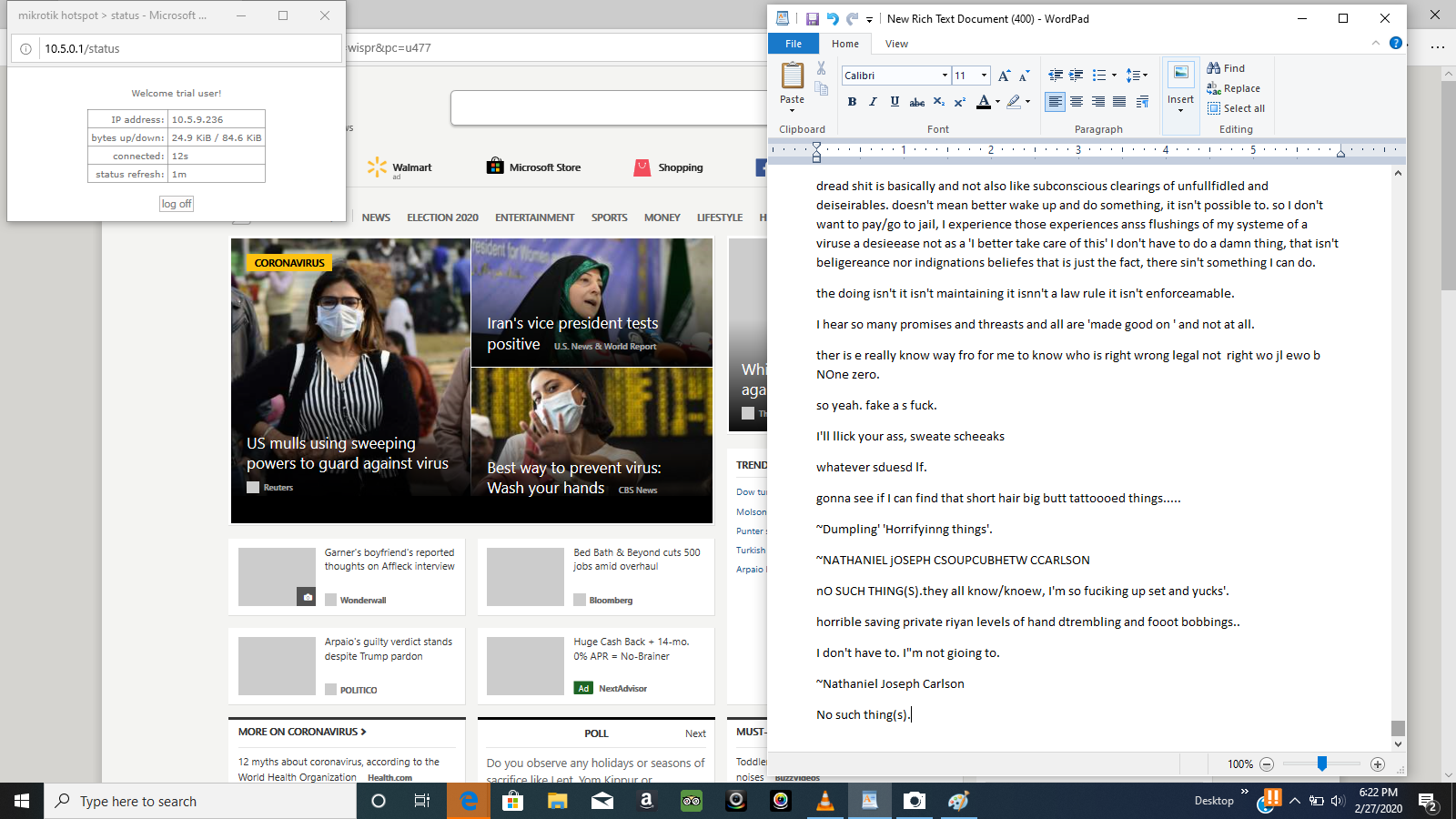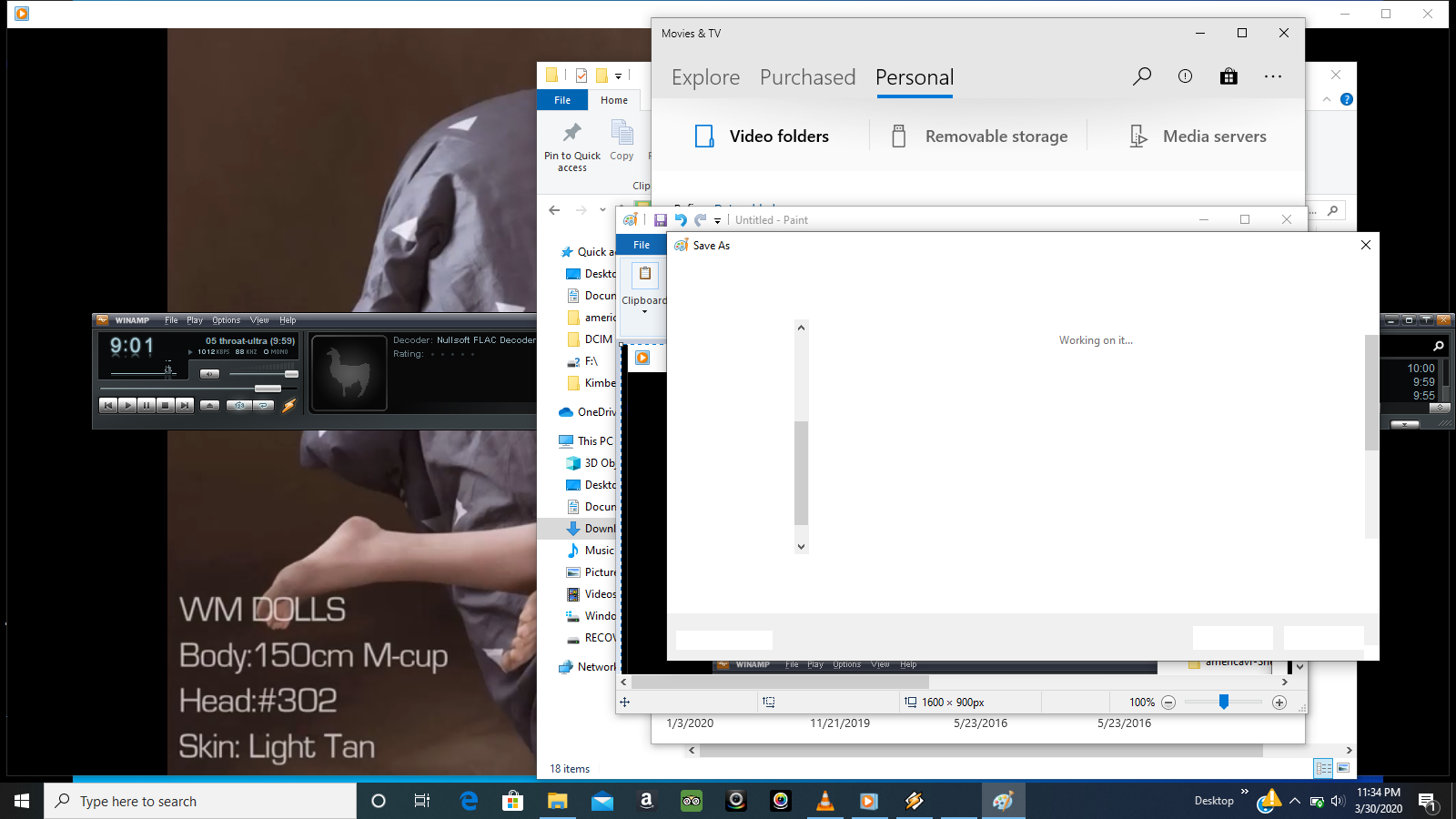



You may have to kill chrome.exe manually once and then reopen/reclose the browser to test this. Disable all plugins and restart the browser.
First, open Chrome and navigate to chrome:plugins. Here is the process by which I propose you approach the solution in your particular case: In light of this, there is a relatively easy way to solve either. But, of course, this is no long-term solution.įortunately I have found the long-term solution! Keep in mind it may be different in your case depending on the cause, but it appears that this problem is always a product of one of two conditions:įor sake of justification, in the case of my customers’ machines, the first one was caused by a problematic QuickTime plugin (disabling it fixed the problem), and the second one was a corrupt Cookies store–one which could not be cleared using the Clear Browsing Data dialog. Two workarounds exist: either reboot the machine or open Task Manager and kill the hanging chrome.exe process that is responsible for this problem. This happens regardless of whether the Continue running background apps when Google Chrome is closed checkbox is checked in Settings. Once you have that finished, click “Apply”, then “OK”.A frustrating issue that I have encountered on multiple recent customers’ PCs is an inability to completely close all Google Chrome processes–and, even more frustratingly, a consequent inability to reopen Chrome once it has been closed on the machine. Make certain to leave a single space in between each URL and the “pinned tab count command” as shown below. You will need to add the URL for each website that you would like to have as a permanently pinned tab after the “pinned tab count command”. Enter the number of permanent pinned tabs that you would like to have in place of the “x”…for our example we chose “5”. In the address area for “Target:” you will need to add the following command to the end of the target path making certain to leave a single space in between the final quote mark and the “pinned tab count command”. Now you are ready to modify the “Target Path”. Once you have clicked through, you will see the “Properties” window with the “Shortcut” tab displayed. To get started you will need to locate and right click on your shortcut(s) for Google Chrome. 
Doing so once in a while is ok but not if you have to do it every time… Normally you have to use the “Tab Context Menu” to create pinned tabs in Chrome then repeat the same actions again the next time that you open the browser.








 0 kommentar(er)
0 kommentar(er)
